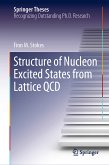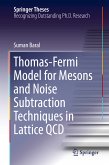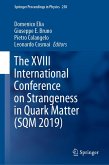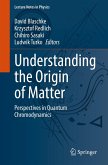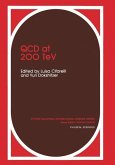Prof. Claudia Ratti received her Ph.D. in Theoretical Physics at the University of Torino (Italy) in 2003. She has been a post-doctoral researcher at the Technical University of Munich (Germany), ECT* in Trento (Italy), State University of New York at Stony Brook (USA) and Wuppertal University (Germany). In 2010 she became junior professor and group leader at Torino University, thanks to a FIRB grant funded by the Italian Ministry of Education, University and Research. In 2014 she became an assistant professor at the Physics Department of the University of Houston. Since 2017 she is a tenured associate professor. Author of more than seventy publications in peer-reviewed international journals, she presented the results of her research in more than a hundred seminars at international conferences and universities. In light of her achievements she has been awarded the '2011 International Zonta Prize for Women in Science', the '2012 Prize "Giuseppe Borgia" for Best Italian Physicist below 35' granted by the Italian Academy of Science (Accademia Nazionale dei Lincei), and the NSF Career Award in 2017. Her research is mainly focused on the study of strongly interacting matter under extreme conditions of temperature and density, such as the one created at the Large Hadron Collider (LHC) at CERN and the Relativistic Heavy Ion Collider (RHIC) at BNL.
Prof. Rene Bellwied is a Distinguished MD Anderson Professor of Physics at the University of Houston, TX, USA. He received his Ph.D. from the Johannes Gutenberg University in Mainz, Germany, in 1989, and was awarded a Feodor Lynen Fellowship from the Humboldt Foundation to continue his research as a Postdoctoral Fellow at Stony Brook University on Long Island, NY, USA. In 1991 he became an Assistant Professor at Wayne State University in Detroit, where he remained as a Professor until 2010. At the University Houston he became the group leader of the Experimental Nuclear Physics effort, which is involved in the STAR experiment at the Relativistic Heavy Ion Collider (RHIC) at Brookhaven National Laboratory (BNL) on Long Island, New York, and the ALICE experiment at the Large Hadron Collider (LHC) at CERN in Geneva, Switzerland.
Dr. Bellwied was a founding member of the STAR collaboration. He served as one of eight project managers of STAR from 1992-2007, he was the deputy spokesperson of STAR from 2001-2002. He joined the ALICE experiment at CERN in 2010 and served as coordinator of the ALICE-USA collaboration from 2015-2018.
In addition, he was the Chair of the U.S. National User Facility Organization (NUFO) for four years (2008-2012) and served as an appointed member on the Physics Policy Committee (PPC) of the American Physical Society (APS). He is presently the Chair of the Texas Section of the APS. He is also the lead organizer of an annual international conference in his field, he serves on two peer-reviewed journal editorial boards, and he is a reviewer for the four highest impact Nuclear Physics journals, as well as the grant offices of the Department of Energy (DOE) and the National Science Foundation (NSF). He is a member of the Sigma-Xi Honors Society.
Prof. Bellwied has published over 1,000 peer-reviewed papers that gathered over 85,000 citations. His h-index is 151 according to Google Scholar.




